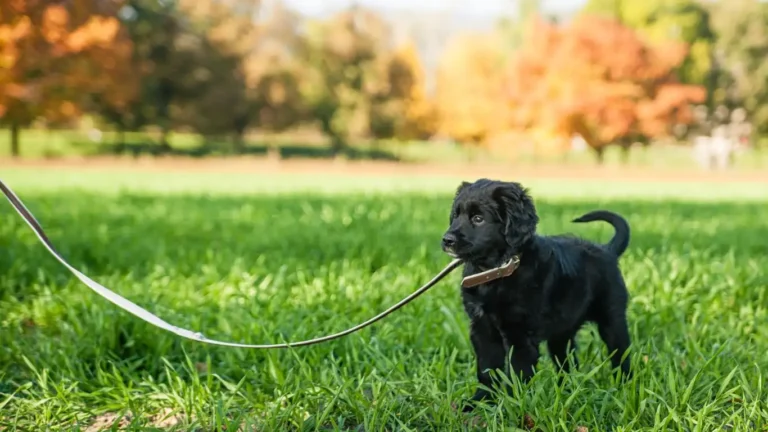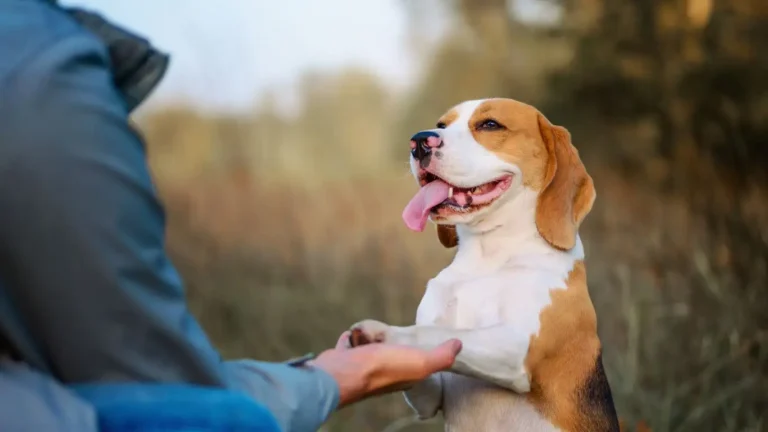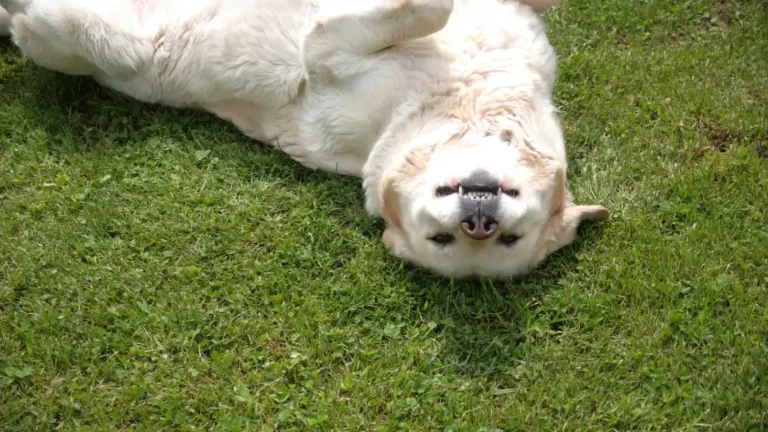Best Tips for Leash Training a Stubborn Dog That Actually Work
When it comes to leash training a dog that’s got a mind of their own, things can get *real* frustrating, real fast. I’ve worked with countless pups as a Veterinary Technician/Nurse specializing in nutrition, and trust me—some of the most stubborn dogs have taught me the most about patience, body language, and, of course, a solid bag of training tricks. If you’re searching for the best tips for leash training a stubborn dog, you’re in the right place. Whether your pup digs in their heels, pulls like a sled dog, or turns every walk into a tug-of-war, I’ve got practical, battle-tested advice that’s actually worked for both my clients and my own four-legged challenges.
Understanding Stubborn Behavior in Dogs

First off, let’s clear something up: when we say a dog is “stubborn,” we’re not throwing shade. What we’re really talking about is a dog who’s either confused, distracted, under-stimulated—or sometimes just super independent. I remember this husky mix named Juno who would sit down mid-walk and just *refuse* to move. People passing by thought it was funny. Meanwhile, I’m sweating bullets trying every trick in the book. Turns out, she just hated the sound of skateboard wheels. Who knew?
Understanding *why* your dog resists the leash is step one. Here are a few possible reasons behind that stubborn streak:
- Fear or anxiety: Something in the environment might be spooking them.
- Lack of motivation: Dogs need a reason to comply—what’s in it for them?
- Past negative experiences: If they’ve been yanked or scolded before, they may associate the leash with stress.
- High prey drive or distractibility: Squirrels, smells, or other dogs might be overwhelming their senses.
Once you know what you’re working with, you can start tailoring your training approach. Don’t skip this step—it makes a world of difference.
Set Yourself (and Your Dog) Up for Success
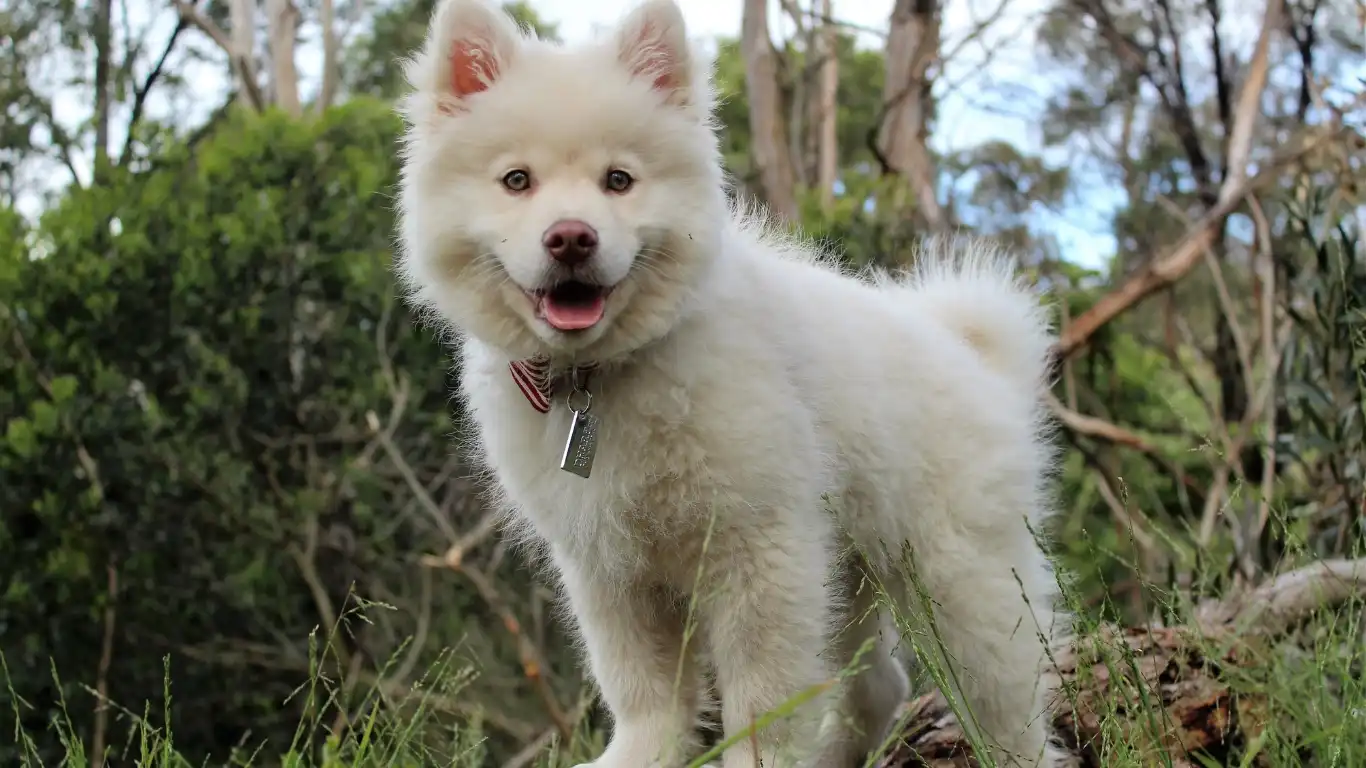
Before you even clip the leash on, let’s talk prep. As someone who’s spent more hours than I can count coaching pet parents through training hiccups, I’ve seen firsthand that the setup matters. A lot. Here’s what I recommend having on hand:
- A well-fitted harness or head halter: This gives you more control without choking your pup. Avoid retractable leashes—they’re a nightmare for training.
- High-value treats: I’m talking freeze-dried liver, cheese cubes, or whatever makes your dog do the happy dance.
- Clicker or marker word: Mark the exact moment your dog gets it right. Timing is key.
- Calm energy: Your dog feeds off your vibes. If you’re tense, they’ll feel it.
Honestly, having a solid setup can make or break your leash training experience. I always tell pet parents: treat this like prepping for a workout. You wouldn’t hit the gym in flip-flops, right?
Best Tips for Leash Training a Stubborn Dog

Alright, let’s get into the good stuff. These are the actual, hands-on strategies that have helped me (and my clients) turn stubborn leash-draggers into well-behaved walking buddies.
Start in a low-distraction area
Jumping straight into a busy park with squirrels and kids on scooters? Nope. Not a chance. Start in your backyard, living room, or even a quiet hallway. The fewer distractions, the better. Let your dog focus on learning the basics before you throw in chaos.
Use the “Stop and Go” method
This one takes patience, but it works wonders. Every time your dog pulls, you stop walking. Don’t yank them back. Just stand still. The moment they loosen the leash, say your marker word (“yes!”) and move forward. They’ll figure out pretty quickly: no slack, no walk.
Reward calm, focused behavior
Don’t just reward your dog when they look like they’re in a dog show. Celebrate the little wins—checking in with you, walking near your side, not reacting to that barking chihuahua across the street. Reward early and often. I used to keep treats in every pocket like a walking snack cart.
Use the “change direction” game
Is your dog pulling like a freight train? Suddenly turn and walk the other way. Don’t yank—just pivot and encourage them to follow. It keeps them guessing and encourages them to pay attention to *you* instead of everything else.
Keep sessions short and sweet
Don’t try to conquer the neighborhood in one go. Especially with stubborn dogs, short sessions (5-10 minutes) are golden. End on a good note—even if it’s something small. Progress is progress.
Leash training a stubborn dog isn’t about dominance or force—it’s about trust, timing, and consistency. I’ve seen anxious rescues turn into confident strutters with the right approach. And I’ve seen strong-willed pups who used to pull like crazy now walk calmly by their human’s side. It’s totally doable—you just need the right tools and a ton of patience.
Timing Is Everything in Leash Training

If I had a dollar for every time I told a client that timing is the secret sauce in dog training… well, I’d probably own a pet spa by now. Seriously though, with stubborn dogs especially, catching the right moment is key. Whether you’re marking a good behavior with a click or a simple “yes!”, the timing has to be spot on. That one-second window can make or break whether your dog connects the dots.
Here’s the thing: when your dog finally stops pulling or even glances up at you during a walk, that’s your golden moment. Reward it immediately. I once worked with a bulldog named Max—sweet guy, but stubborn as heck. The first time he actually turned and looked at me mid-walk, I went full-on cheerleader. Treat, praise, goofy voice—the whole package. You could almost see the lightbulb go off. After that, he started checking in more and more.
Bottom line? Catch the good behavior the second it happens. Don’t wait until five steps later. It’s like telling your friend “good job” on a presentation two weeks after they gave it—it doesn’t quite hit the same.
Handling Setbacks Without Losing Your Cool
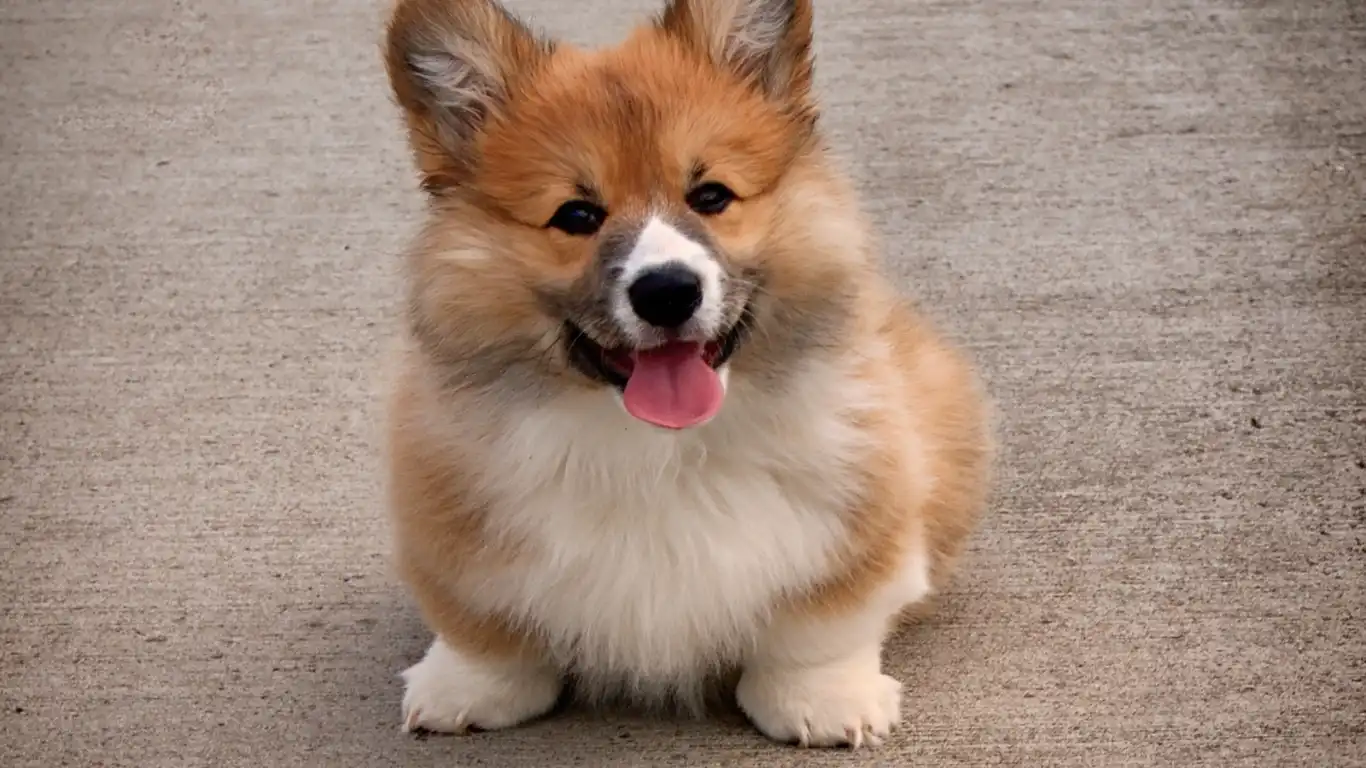
Let’s be real: leash training isn’t always sunshine and tail wags. Some days, your dog’s going to test your patience. And if you’re anything like me after a long shift at the clinic, the last thing you want is a tug-of-war with a 60-pound ball of sass. But listen—setbacks are part of the process. Don’t let them derail your progress.
One of my favorite tips for when things go south? Take a reset break. Seriously. Stop the session. Sit down. Let your dog sniff the grass. Regroup. Sometimes the best progress comes after a pause.
Here are a few ways to manage those “off” days without losing momentum:
- Don’t escalate the frustration: If you’re irritated, your dog will feel it. Take a breath, reset, and try again.
- Keep a training journal: Jot down what went well and what didn’t. It helps you track patterns—and progress.
- Mix up the environment: If the usual walking route isn’t working, try a new location. A change of scenery can refresh both of you.
Just like humans, dogs have off days too. Some days, they’re not feeling it—and that’s okay. Progress isn’t linear, especially with stubborn pups. It’s like one step forward, two sniffs back. Totally normal.
Body Language: Your Secret Weapon

This might be one of the most underrated parts of leash training a stubborn dog. Your body language speaks volumes—even louder than your voice sometimes. Dogs are natural body language readers. They watch your posture, your pace, even your breathing. So, let’s use that to your advantage.
Here’s a little trick I use with dogs who are hyper-focused or easily distracted: I exaggerate my movements. If I want them to turn with me, I pivot dramatically. If I want to slow down, I physically slow my steps and relax my shoulders. These visual cues help stubborn pups understand what I want without needing constant verbal commands.
With my old rescue Shepherd mix, Luna, verbal cues went in one ear and out the other. But if I angled my body a certain way or leaned gently into the leash, she followed like a pro. It felt like we were dancing—not just walking.
Reading your dog’s body language
It goes both ways, too. Keep an eye on your dog’s cues—they’ll tell you everything:
- Stiff tail or tense body? They’re probably alert or anxious.
- Sniffing a lot? That might be calming behavior or mild distraction.
- Glancing at you often? Great! That’s engagement—reinforce it!
Over time, you’ll start reading each other’s body cues like pros. That’s when leash training really starts to feel effortless.
Turning Walks into Bonding Time
Let’s shift gears a bit. Training doesn’t always have to feel like “training.” One of my favorite things to do is sneak learning into everyday walks. It keeps things fun and makes stubborn dogs more cooperative because they don’t feel pressured.
Try tossing in some games during your walk:
- “Find it” game: Drop a treat or toss it in the grass and say “Find it!”—great for mental stimulation.
- “Watch me” challenge: Randomly ask for eye contact and reward. This keeps focus sharp.
- “Touch” cue practice: Hold out your hand and cue your dog to boop it with their nose. Great for redirection.
Turning the walk into an interactive experience transforms it from a chore into quality time. Dogs love having a job to do, and this way, they’re training while bonding. Win-win!
Remember: the best tips for leash training a stubborn dog don’t come from one-size-fits-all rules. They come from adapting to your dog’s personality, mood, and energy levels. Some dogs respond to food, others to praise, and a few just want to chase a ball now and then. The trick is to meet them where they are—and gently guide them where you want them to be.
Oh—and celebrate the small wins. That moment your dog walks beside you for five whole seconds without pulling? That’s huge. Don’t downplay progress, no matter how tiny it seems.
When to Call in Reinforcements
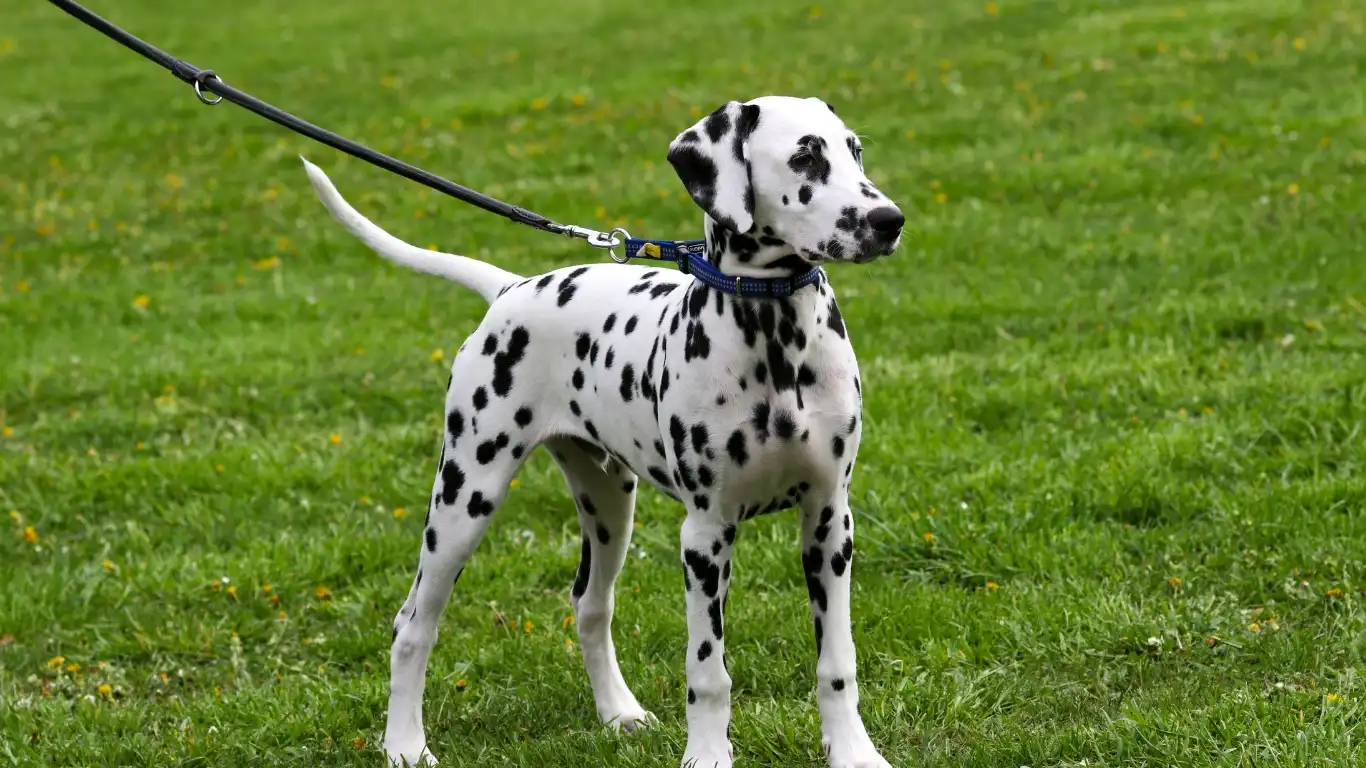
Let me say this loud and clear: there is *no shame* in asking for help. I’ve been working with dogs for over a decade, and even I’ve had to call in backup now and then. Some dogs are just tougher nuts to crack—especially when you’re dealing with behavioral baggage, trauma, or extreme independence.
So, when should you consider bringing in a professional? Here are a few telltale signs:
- Your dog is showing aggression—lunging, growling, or snapping while on the leash.
- You’re feeling consistently overwhelmed or frustrated—your mental health matters too!
- Your dog’s pulling or resistance is causing physical strain or injury.
- You’ve tried multiple strategies with little to no progress.
Certified trainers—especially those with positive reinforcement experience—can tailor a plan specific to your dog’s personality and history. If you’re not sure where to look, check out organizations like AKC or PetMD for trustworthy guidance on choosing the right trainer.
I had a case once with a terrier named Scout who was completely leash-reactive. His owner was exhausted and ready to give up. We brought in a behaviorist who helped us implement desensitization techniques over a few weeks—and the change was incredible. Sometimes, all it takes is a fresh set of eyes and some expert perspective.
Making Leash Training a Lifestyle, Not a Chore

Alright, so you’ve made solid progress. Your stubborn pup isn’t dragging you through the neighborhood anymore, and you’re finally enjoying walks instead of dreading them. Now what? Now it’s about maintenance. Think of leash manners like a muscle—it needs regular use to stay strong.
In my own routine with clients (and my own dogs), I recommend keeping a few elements of training in every walk—even once your dog is doing well. Things like:
- Periodic check-ins: Ask for eye contact every so often and reward it. Keeps your dog tuned in.
- Random reward schedule: Instead of always giving a treat, mix it up. Sometimes a treat, sometimes praise, sometimes a quick play session.
- Changing routes: Dogs get bored too! Mixing up the scenery keeps them engaged and helps generalize their training to new environments.
- Keep it positive: Always make walks something they (and you) look forward to.
One of my favorite walks with my own pup is what I call a “sniffari.” I give her extra time to explore, sniff, and lead the way—on a loose leash, of course. It’s not formal training, but it builds our bond and keeps her tuned into me without either of us feeling pressured. That’s the kind of balance you want to aim for.
Common Mistakes to Avoid With Stubborn Dogs
Sometimes, knowing what *not* to do is just as important as knowing what to do. In my early days as a tech, I made some of these myself—so no judgment if any of these sound familiar:
- Using punishment-based methods: Things like leash jerks, choke chains, or yelling only create fear and confusion. You want a confident, willing partner—not a scared one.
- Expecting instant results: Stubborn dogs move at their own pace. Give them the time they need to figure it out.
- Inconsistency: Everyone in the household needs to follow the same leash rules. Mixed signals are super confusing for dogs.
- Skipping mental stimulation: A bored dog is a distracted dog. Enrichment activities at home make a HUGE difference in leash behavior.
I once had a client who couldn’t figure out why her dog would behave perfectly for her, but pull like crazy for her teenage son. Turns out, he let the dog drag him halfway down the block every time—just to “get it over with.” Classic inconsistency. We got everyone on the same page, and within a week, the improvement was amazing.
Final Thoughts: Progress Over Perfection
Here’s the honest truth: leash training a stubborn dog isn’t about reaching some perfect end goal. It’s about building a relationship based on communication, trust, and mutual respect. You’re not just teaching your dog to walk nicely—you’re teaching them how to engage with you, even when distractions are everywhere.
So take the pressure off. Celebrate the good days, learn from the rough ones, and remember that even the most headstrong pups are capable of change. I’ve seen dogs who were completely leash-untrained for years turn into mellow walking companions with patience, practice, and a whole lot of love.
And if you’re ever feeling stuck, remember you’re not alone. There’s a whole community of dog lovers, trainers, and professionals out there who’ve been in your shoes (muddy as they may be). You’ve got this!
References
Disclaimer
This article is for informational purposes only and does not substitute professional veterinary or behavioral advice. Always consult with a certified trainer or veterinary professional before implementing any new training techniques, especially if your dog shows signs of fear, aggression, or stress during leash training.
